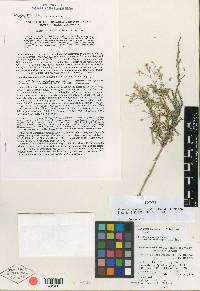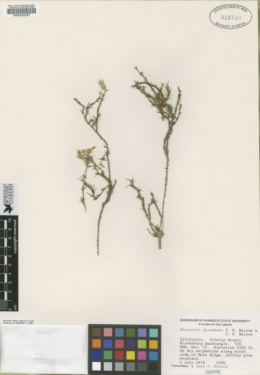
|
|
|
|
Family: Caryophyllaceae
Lassicus Mock Sandwort
[Minuartia decumbens T.W. Nelson & J.P. Nelson] |
|
This project was made possible in part by the Institute of Museum and Library Services [MG-70-19-0057-19].
Powered by Symbiota




